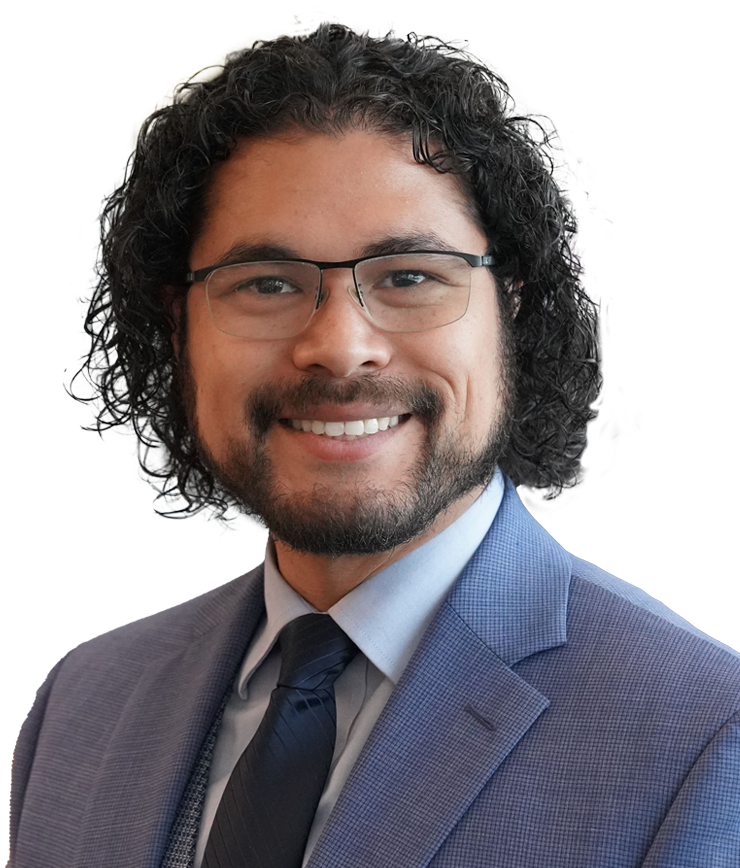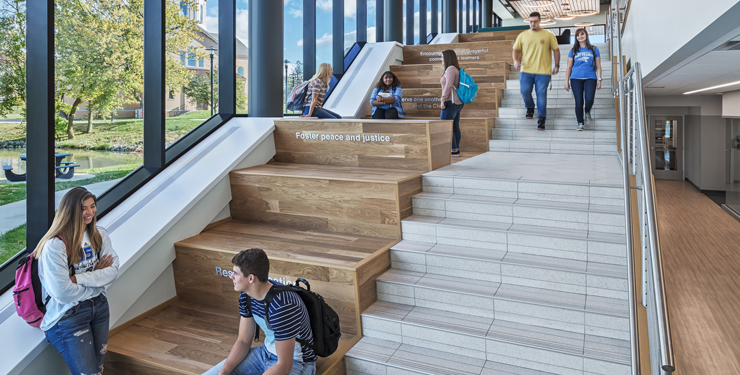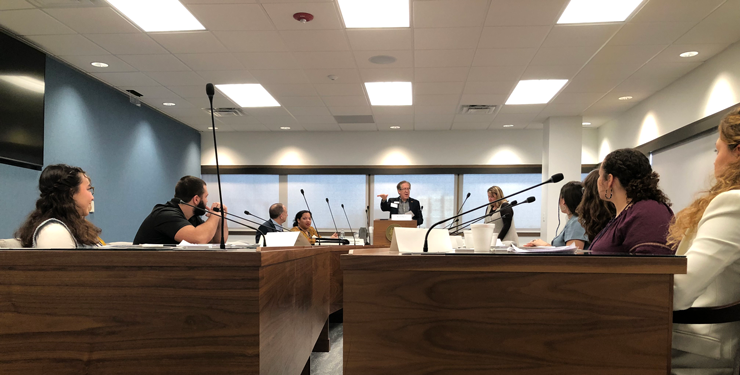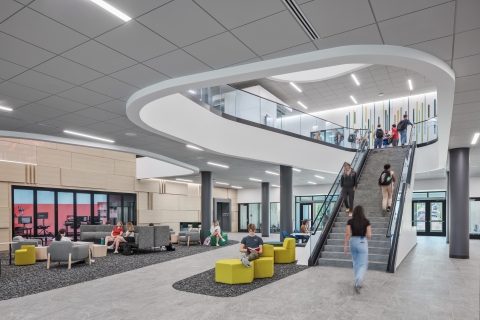
Revitalizing Campus Spaces: Making a Big Difference with Limited Resources
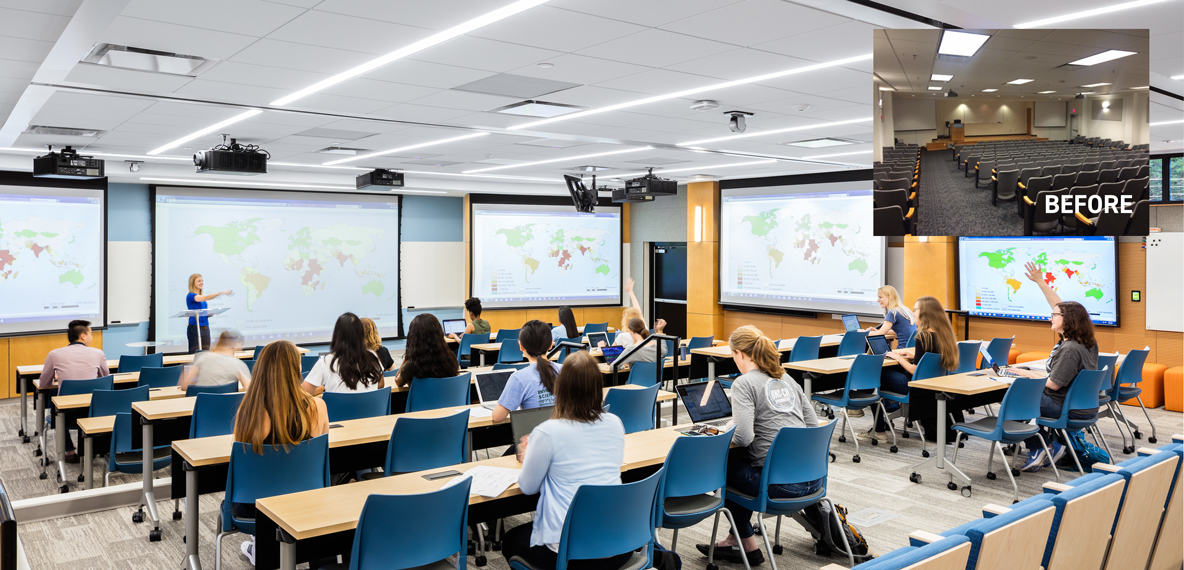
While large-scale renovations or new construction projects with substantial budgets can dramatically transform a campus, small, strategic changes can also make a meaningful impact.
Campuses often face the challenge of competing for limited resources, with financial constraints being the most pressing. Additionally, time and space limitations influence how campus spaces are programmed and what they can offer. By focusing on targeted renovations and strategic changes, campus leaders can effectively enhance the campus environment and stretch their resources further.
In this blog, I will share how small, budget-friendly projects can create significant positive changes on campus, along with practical examples and strategies for maximizing impact with limited resources.
Maximizing Impact: Focusing on High-Traffic Areas
When aiming to maximize impact, administrators should prioritize projects that affect the largest number of people. Here are some examples of high-impact projects:
Library Projects
Libraries are the heart of academic life, influencing the entire campus community. Revitalizing a library that no longer meets student demands can create a dynamic space that enhances study habits, research quality, campus tours, and overall campus vibrancy. The Wilmington College Library Renovation Phase 1 is a prime example. This project transformed restrooms, introduced programmed learning classrooms, refreshed portions of the reading room, created an accessible entrance, and reimagined the circulation desk experience. These strategic changes sparked a wave of positive transformation across the campus.
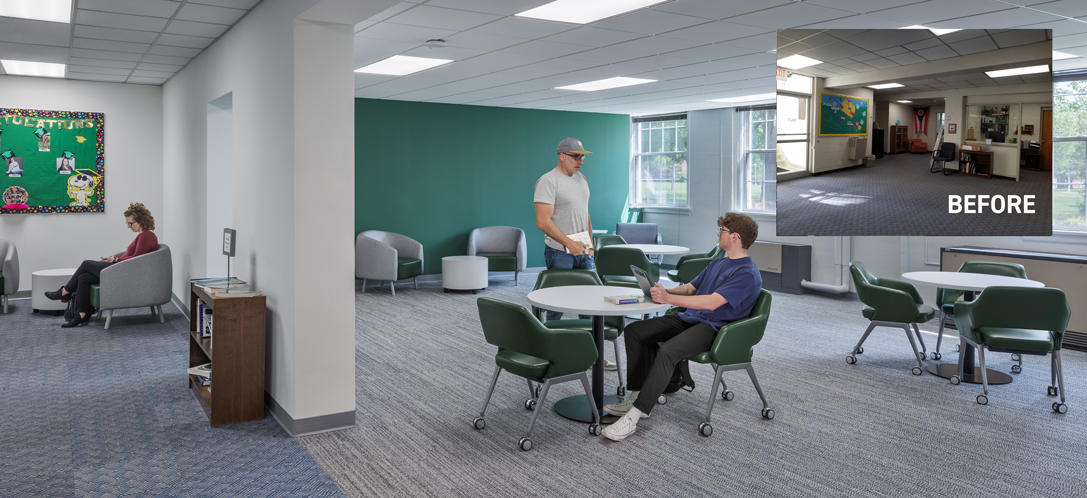
This before and after for the Wilmington College Library Renovation showcases the transformation of central space into student study and collaboration areas.
Wellness Center Projects
The importance of holistic wellness and personal growth in higher education is becoming increasingly recognized. Wellness centers are crucial in promoting the health and well-being of the entire campus community. These projects should extend beyond student-athletes to include students, faculty, and staff. The Bethany College Athletics project illustrates this well. The project nearly tripled the facility's capacity by expanding the student strength and conditioning gym into under-utilized racquetball courts. This rapid, cost-effective renovation opened resources to the campus community, fostering a sense of connection and shared responsibility among all members.
Classroom Spaces
Classroom spaces are the bread and butter of campuses. As these spaces tire, a quick summer classroom refresh of 2-3 classrooms per year can be a manageable project that keeps the learning environment current. Simple updates like new flooring, LED lighting fixtures, a coat of fresh paint, and modern laser projectors can transform a dated room into a vibrant learning space. Adding contemporary furniture and new dry-erase boards can further enhance the experience, increasing engagement and improving GPAs. This same idea can be applied to other spaces on campus, such as student collaboration/group study rooms and even your staff offices. The key is to find outdated spaces that do not need significant MEP infrastructure changes.
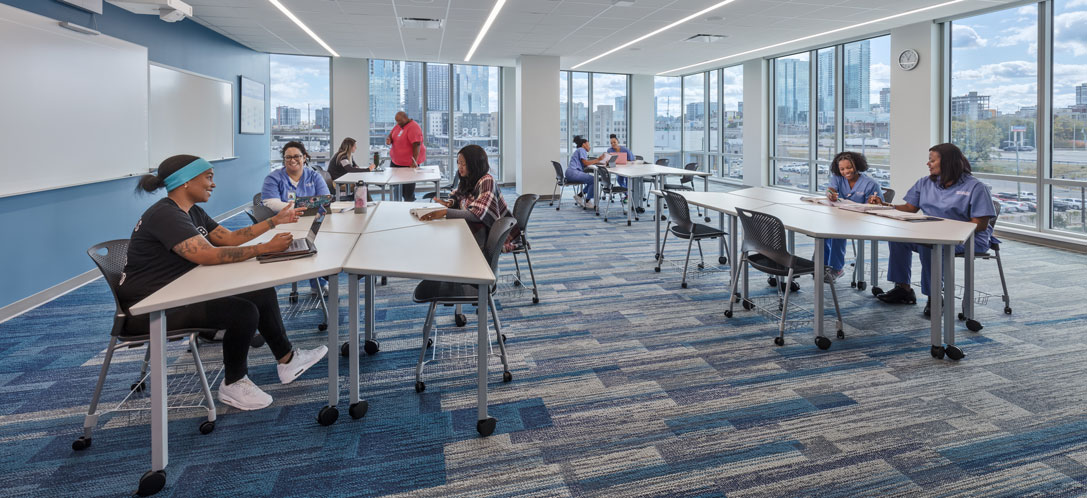
This classroom at Galen College of Nursing in Nashville, TN, offers contemporary, mobile furniture and a great city view.
Furniture as a Transformative Element
Furniture can shake up a space without the major cost and infrastructure changes required in a renovation. Dated furniture designed based on former pedagogical or workplace models should be updated to reflect new trends in how people accomplish tasks, meet, study, and learn.
A substantial allocation of the budget for the Mount St. Joseph Alter Library focused on furniture upgrades, significantly transforming the reading room. Outdated wooden book tables were replaced with flexible seating options, such as high-top perches for quick catchups between classes and booth seating designed for extended study sessions with multiple books, notepads, and laptops.
Furniture innovation extends beyond traditional settings to accommodate evolving campus needs. At Miami University and Bethany College, existing spaces were repurposed to establish esports suites, primarily using furniture and minor electrical adjustments.
- Miami University: Smaller, underutilized meeting rooms were converted to accommodate up to 50 gamers, optimizing existing infrastructure.
- Bethany College: A former ballroom was subdivided using flexible furniture solutions, allowing Bethany to start a new esports program with plenty of room to grow into an entire varsity team with an academic component.
This adaptive approach, supported by partnerships with furniture manufacturers, swiftly adapted spaces to meet the burgeoning demands of esports on campus. By leveraging adaptable furniture solutions, campuses can efficiently respond to evolving student interests and enhance the overall campus experience.
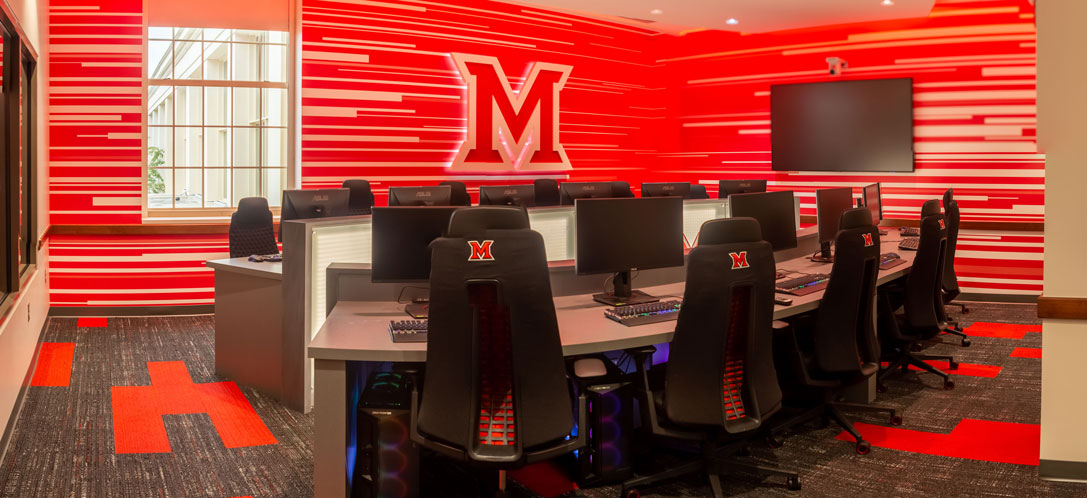
Miami University’s esports suite features a competition room adjacent to the casting room for streaming gameplay.
Transforming Spaces with Experiential Graphic Design
Experiential Graphic Design (or EGD) is one of the most cost-effective methods for transforming the feel and impact of a space.
Experiential graphic design orchestrates elements like typography, color, and technology to create environments that effectively communicate stories through signage, way-finding systems, and themed spaces, often integrating digital technologies for dynamic content. By blending design disciplines, EGD shapes immersive experiences that inform, delight, and emotionally connect with people and transform spaces.
There is no better use of your dollars than EGD. Nothing will transform your space more.
Mark Vogt, CEO of Galen College of Nursing
This fosters a deeper connection to brands and spaces, captivating audiences, inspiring action, and strengthening customer loyalty. When combined with interior design teams, it brings a space that could be generic and turns it into your space—using a campus brand voice as the underlying structure.
EGD can transform spaces in various ways:
- It can foster school spirit. At Bethany College, EGD was used at the entrance of their athletics building to revitalize their Hall of Fame and strength and conditioning gym. With 40% of the student population being athletes and a strong alumni base that attends athletics events, this change affects a substantial amount of the campus community and helps bring in fundraising dollars.
- It can draw people in. At Galen College of Nursing Nashville, a first-floor urban storefront space was designed separately from the main part of campus. This retail-like space houses the spirit store and enrollment center, utilizing strong graphics to draw potential students from the street to come inside and learn about what Galen offers.
- It can redefine a space. Mount St. Joseph Alter Library's entry space and book display were largely underutilized. By providing striking graphics and small furniture changes, the featured book display became such a highlight that it was a significant feature of MSJ’s annual fundraising event, which included a Murder Mystery component with clues housed in the book display. On more regular occasions, students now utilize this space to study between classes and learn about exciting new titles.
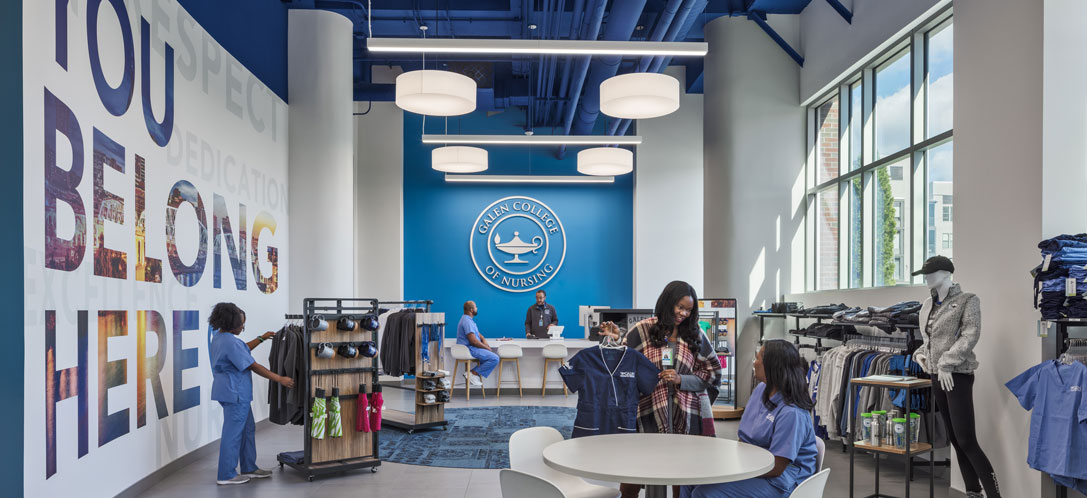
Galen Nashville’s Campus Spirit Store and Enrollment Center graphics invite urban pedestrians to “Belong Here.”
Planning for Impact: Transform Your Campus with Strategic Enhancements
Through strategic project selection, innovative furniture solutions, and experiential graphic design (EGD), campus leaders can significantly impact their campus while maximizing their resources. Collaborating with experts in campus planning and design allows for identifying high-impact changes that provide the greatest return on investment, even in challenging times.
Late summer and fall present an ideal opportunity to tour the campus with one of our client leaders. During this time, we can identify projects that will have the most significant impact, allowing design, bidding, and construction to be completed by the following summer. Students will return in the fall to a transformed space that enhances their collegiate experience and supports their academic goals.
Fill out the form below to discuss your specific campus needs and strategize how these principles can be applied to create impactful changes on your campus.
Author
Content Type
Date
September 10, 2024
Market
Practice
Topic
Campus Planning
Innovation

